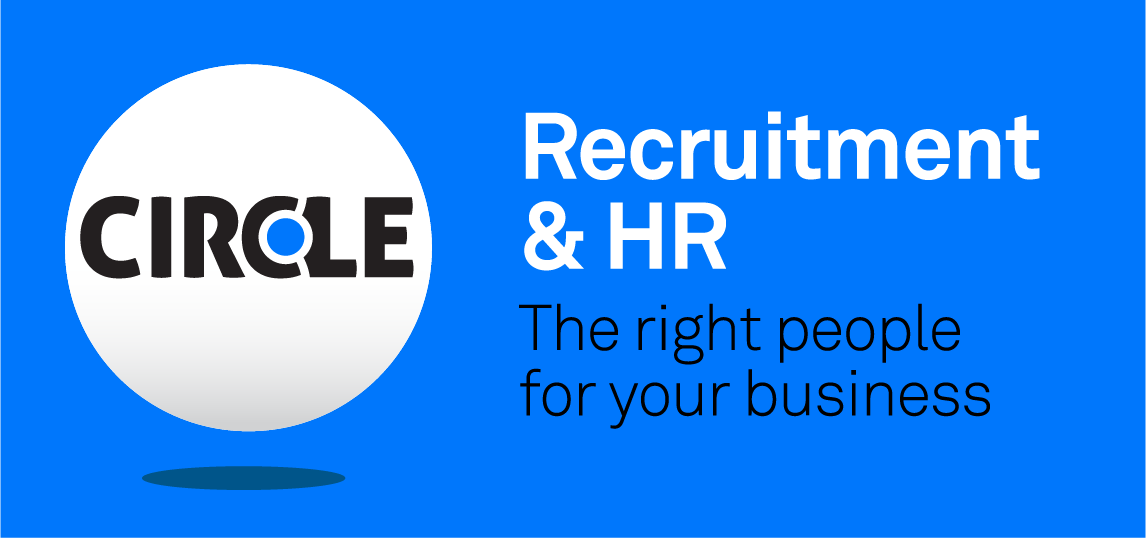The use of consultants within organisations has been a growing phenomenon, taking flight well before the 1900s and continuously rising in demand by organisations today.
The debate continues surrounding the benefits of using internal over external consultants and visa-versa.
Why would organisations would choose one over the other?
Consider this, tension is actually a good thing in the consulting space and there may just be a need for internals and externals to co-exist, creating inherent yet healthy tension and competition. The relationship between the two can be forged in a way where they work in partnership, however this depends on how the client engages and co-creates the relationship with either one.
Both internal HR consultants and externals, have a role to play; needing to keep up with complexity and change, acceleration of technology and the current hypercompetitive environment. The strength of an internal, includes understanding the organisation’s unique value proposition, complex history, embedded philosophies and culture. Mathew and Wright (2009) discuss how systems develop over time and are created to solve specific business needs. Intimate knowledge of these systems and dynamics are the forte of the internal consultant who is better positioned to see where ‘fit’ is appropriate and can take greater ownership of change projects.
As ‘insiders’ with more awareness around the sensitivities surrounding workplace dynamics and deeper understanding of complex internal relationships, politics, security and confidentiality, they have more flexibility to move across organisational boundaries.
However, this closeness can result in difficulties for the internal consultant when required to be objective and deliver difficult information. For example, issues such as co-worker push-back, vulnerability and power struggles are all potential inhibitors to successfully implementing change.
External consultants however, with specialised talent, new methodologies, more objectivity, plus wider industry and situational experience, have the ability to transfer a wide variety of assessment and process tools.
An ideal way to increase an internal consultant’s expertise is having them work alongside external consultants.
There is evidence to suggest, that organisations should engage internals in some instances and externals in other. Relying too heavily on outsiders may create too much tension in the workplace and make it seem that they simply ‘take the money and run’ having provided a transactional service to get compensated, whereas too much emphasis on insiders can result in their ‘outsider’ knowledge and experience becoming part of the organisational system and no longer seen as differentiated, thereby dampening their legitimacy.
Sturdy and Wright (2011) categorise the relationships between internal and external consultants into three active roles. Firstly, the ‘Gatekeeper’ refers to the internal consultant displaying vested interest in ensuring the external consultant is being controlled and competition is viewed as a rivalry, meaning the external has little opportunity to penetrate the organisational boundary. Secondly, the ‘Broker’ establishes a closer relationship, where the internal seemingly protects the external, assists them to breach organisational boundaries and communicates external ideas through organisational channels. The ‘Partner’ role sees the internal consultant collaborate directly with the external, in a joint partnership. Sturdy and Wright state that the ‘greatest potential for the co-production of new knowledge or exploration’ is evident when the relationship between internal and external consultants is that of ‘Partner’. Both internal and external consultants have a reciprocal influence on each other, stemming from the inherent tensions in their relationship and the sharing of knowledge.
Neither literature nor live business examples point to an exact level of engagement between internal and external consultants. What is evident though is that a relationship between both roles is required which in turn creates a level of tension, and leads to greater innovation and creativity. Leaders and HR professionals in organisations need to be aware and skilled in identifying where they would be better positioned to utilise an internal over an external consultant vice-versa, as both can provide value-add experience and maximise organisational performance. Talk to CIRCLE Recruitment & HR who can supply both your internal and external HR consultant.
Important Note: These articles have been prepared for general circulation and are circulated for general informational purposes only; these articles should not be regarded as business or investment advice. The articles represent the views of the writers and are subject to change without notice. Additionally, while every care has been taken in the preparation of the articles no representation or warranty as to accuracy or completeness of any statement is given. An individual or organisation should, before any business or investment decision is made, consider the appropriateness of the information in this document, and seek professional advice, having regard to objectives, situation and needs. This document is solely for the use of the party to whom it is provided.

